Home>Gardening & Outdoor>Outdoor Recreation & Activities>How To Clean A Swimming Pool Filter
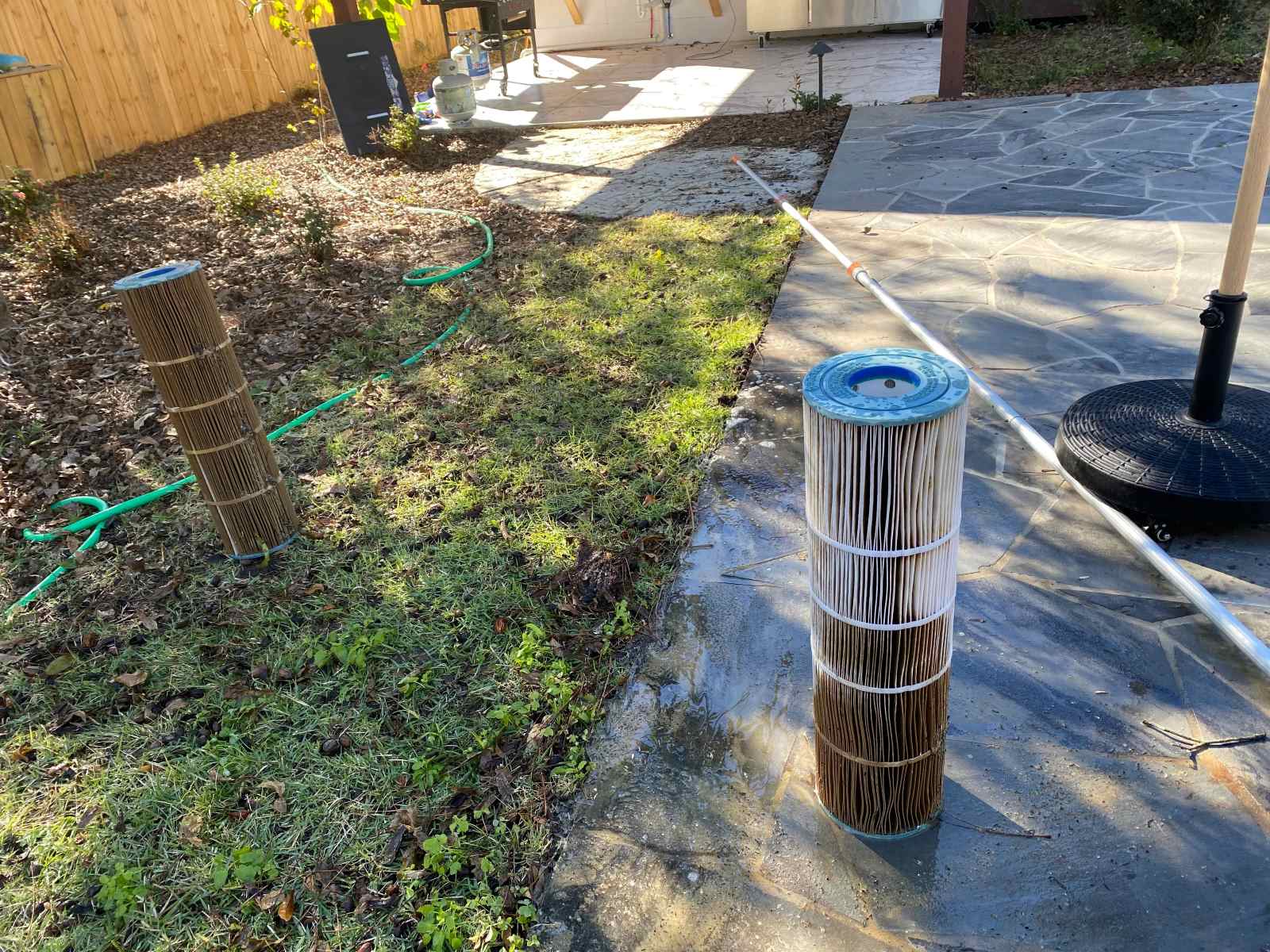

Outdoor Recreation & Activities
How To Clean A Swimming Pool Filter
Published: February 18, 2024
Learn how to properly clean a swimming pool filter to maintain optimal performance and water quality. Follow these outdoor recreation and activities tips for a sparkling clean pool.
(Many of the links in this article redirect to a specific reviewed product. Your purchase of these products through affiliate links helps to generate commission for Storables.com, at no extra cost. Learn more)
Introduction
Maintaining a clean and healthy swimming pool is essential for ensuring a refreshing and enjoyable swimming experience. One of the key components in this upkeep is the pool filter, which plays a crucial role in removing debris, dirt, and other impurities from the water. Over time, the filter can become clogged and less effective, necessitating regular cleaning to maintain optimal functionality.
Cleaning a swimming pool filter is a fundamental aspect of pool maintenance, and understanding the process is vital for pool owners and caretakers. By following a few simple steps, you can ensure that your pool filter operates efficiently, promoting crystal-clear water and a hygienic swimming environment for all to enjoy.
In the following guide, we will walk you through the step-by-step process of cleaning a swimming pool filter. From turning off the pool pump to reassembling the filter, each stage is crucial in ensuring that your pool's filtration system functions effectively. By familiarizing yourself with these steps, you can confidently undertake this essential maintenance task, contributing to the longevity and performance of your pool filter.
Let's delve into the detailed process of cleaning a swimming pool filter, empowering you to maintain a pristine and inviting pool for your family and guests.
Key Takeaways:
- Keep your pool clean and safe by regularly cleaning the filter. Turn off the pump, remove the filter, clean it based on its type, reassemble, and turn the pump back on for optimal filtration.
- Cleaning your pool filter is essential for a refreshing swimming experience. Follow the step-by-step guide to ensure your filter operates efficiently, promoting crystal-clear water and a hygienic swimming environment.
Step 1: Turn off the Pool Pump
Before initiating the cleaning process, it is imperative to turn off the pool pump to ensure safety and prevent any potential mishaps. The pool pump is responsible for circulating water through the filtration system, and shutting it down is the initial step in preparing for the filter cleaning procedure.
To turn off the pool pump, locate the main power switch or control panel for the pump. This is typically situated near the pool equipment area or within a designated pump room. Once you have identified the switch, gently toggle it to the "off" position, effectively halting the circulation of water through the filtration system.
By deactivating the pool pump, you mitigate the risk of encountering pressurized water within the filter, which could lead to accidental spillage or exposure to debris and contaminants. Additionally, turning off the pump prevents any potential damage to the filtration system during the cleaning process, ensuring a smooth and safe maintenance procedure.
It is important to allow the pump to come to a complete stop before proceeding with the next steps. This ensures that the water flow within the filtration system has ceased, minimizing the risk of water leakage or disruption during the filter cleaning process.
By conscientiously adhering to this initial step and turning off the pool pump, you set the stage for a secure and effective cleaning process. This precautionary measure not only safeguards against potential hazards but also facilitates a seamless and hassle-free experience as you progress through the subsequent stages of cleaning the swimming pool filter.
Step 2: Remove the Filter
Once the pool pump has been safely turned off, the next crucial step in the pool filter cleaning process is to remove the filter from its housing. The filter is typically housed within a designated compartment, often located near the pool pump and other filtration equipment. Removing the filter allows for thorough cleaning and maintenance, ensuring that it functions optimally in trapping debris and contaminants from the pool water.
To begin, carefully open the filter housing by releasing any latches or fasteners securing the cover. Depending on the type of filter, this may involve unscrewing the housing cover or releasing clamps that hold it in place. Exercise caution and attentiveness during this step to avoid any damage to the filter or its housing.
Once the housing cover is removed, gently lift the filter out of its compartment. Filters come in various types, including cartridge, sand, and diatomaceous earth (DE) filters, each with its unique removal process. Cartridge filters can be lifted out directly, while sand and DE filters may require additional steps such as unscrewing a drain plug or releasing the filter assembly from its mount.
As you remove the filter, take note of its orientation and positioning within the housing. This will aid in reassembling the filter correctly after cleaning. Additionally, inspect the filter for any visible damage or wear, such as tears in the cartridge or cracks in the filter body. Identifying any issues at this stage allows for timely maintenance or replacement, ensuring the continued effectiveness of the filtration system.
Once the filter has been successfully removed, place it on a stable and flat surface in close proximity to the cleaning area. This facilitates easy access and manipulation during the subsequent cleaning steps. With the filter now extracted from its housing, you are ready to proceed to the next pivotal stage: cleaning the filter to eliminate accumulated debris and restore its filtration efficiency.
By meticulously following the process of removing the filter, you pave the way for a thorough and effective cleaning procedure. This proactive approach sets the stage for maintaining a well-functioning filtration system, contributing to the overall cleanliness and clarity of your pool water.
Step 3: Clean the Filter
Cleaning the pool filter is a pivotal stage in the maintenance process, as it directly impacts the filtration system's efficiency and the overall cleanliness of the pool water. Over time, filters accumulate debris, dirt, and other impurities, necessitating thorough cleaning to restore their optimal functionality. The cleaning process varies depending on the type of filter, with distinct methods tailored to cartridge, sand, and diatomaceous earth (DE) filters.
Cartridge Filters:
Cartridge filters are renowned for their ease of maintenance. To clean a cartridge filter, begin by rinsing off loose debris and dirt using a garden hose with a spray nozzle. Direct the water flow across the pleats of the filter, effectively dislodging accumulated particles. For a more thorough clean, a specialized filter cleaning solution can be applied to break down stubborn contaminants. Subsequently, rinse the filter again to remove any residual cleaning solution and dislodged debris. It is advisable to repeat this process until the runoff water appears clear, indicating the successful removal of impurities.
Sand Filters:
Cleaning a sand filter involves a process known as backwashing, which expels accumulated debris from the filter bed. Initiate the backwashing process by adjusting the filter valve to the "backwash" setting. Turn on the pool pump to reverse the water flow through the filter, effectively dislodging and expelling trapped debris. Monitor the backwash water, observing its clarity to gauge the progress of the cleaning process. Once the expelled water appears clear, indicating the removal of debris, conclude the backwashing process and return the filter valve to its standard operating position.
Diatomaceous Earth (DE) Filters:
DE filters necessitate a meticulous cleaning process to maintain their efficacy. To clean a DE filter, the first step involves backwashing, similar to the process for sand filters. Following backwashing, the filter's internal grids are coated with a fresh layer of diatomaceous earth powder, which enhances filtration efficiency. This replenishment process, known as "recharging," involves adding the appropriate amount of DE powder through the skimmer, allowing it to distribute evenly across the filter grids. This step ensures that the filter is primed for optimal filtration performance.
By adhering to the specific cleaning procedures tailored to each filter type, you can effectively eliminate accumulated debris and restore the filtration system's efficiency. This proactive approach contributes to maintaining a clean and inviting pool environment, ensuring that the water remains crystal clear and free from contaminants. With the filter now thoroughly cleaned, the subsequent step involves reassembling the filter and reinstating its position within the filtration system, setting the stage for the resumption of optimal water filtration.
Step 4: Reassemble the Filter
After the thorough cleaning of the pool filter, the next critical step is to reassemble the filter, reinstating it within its designated housing to resume its pivotal role in the pool's filtration system. The reassembly process varies depending on the type of filter, with distinct steps tailored to cartridge, sand, and diatomaceous earth (DE) filters.
Cartridge Filters:
For cartridge filters, reassembly involves carefully placing the cleaned filter back into its housing. Ensure that the filter is oriented correctly, aligning it with any guide grooves or positioning markers within the housing. Once the filter is securely positioned, replace the housing cover, ensuring that it is fastened tightly to prevent any water leakage during operation. Verify that any latches or fasteners are securely engaged, providing a snug and watertight seal for the filter compartment.
Sand Filters:
Reassembling a sand filter entails returning the filter to its operational mode after the backwashing process. Once the backwashing process is complete, adjust the filter valve to the standard operating setting, allowing the filter to resume its filtration function. Confirm that the valve is securely positioned, preventing any potential water flow issues or leaks. With the filter valve reinstated, the sand filter is ready to efficiently trap debris and contaminants from the pool water.
Diatomaceous Earth (DE) Filters:
Reassembling a DE filter involves the crucial step of recharging the filter grids with a fresh layer of diatomaceous earth (DE) powder. After the backwashing process, add the appropriate amount of DE powder through the skimmer, allowing it to disperse evenly across the filter grids. This replenishment process primes the filter for optimal filtration performance, ensuring that it effectively captures impurities from the pool water.
By meticulously following the reassembly steps tailored to each filter type, you ensure that the filter is reinstated correctly and ready to resume its essential role in maintaining clean and clear pool water. With the filter successfully reassembled, the final step involves restarting the pool pump to initiate the filtration process, promoting pristine and inviting pool conditions for all to enjoy.
This meticulous reassembly process sets the stage for the seamless operation of the pool filter, contributing to the ongoing maintenance of a hygienic and visually appealing swimming environment. With the filter now reinstated and operational, the pool is poised to offer a refreshing and enjoyable swimming experience, free from debris and impurities.
Step 5: Turn on the Pool Pump
With the pool filter successfully reassembled and positioned within its housing, the final step in the cleaning process involves restarting the pool pump to initiate the filtration cycle. Turning on the pool pump is a pivotal stage that sets the filtration system back into operation, allowing it to efficiently trap debris and contaminants from the pool water.
To turn on the pool pump, locate the main power switch or control panel for the pump. This is typically situated near the pool equipment area or within a designated pump room. Once you have identified the switch, gently toggle it to the "on" position, effectively activating the circulation of water through the filtration system.
As the pool pump springs to life, water begins to flow through the filter, undergoing the crucial process of filtration to remove impurities and maintain the water's clarity. It is essential to monitor the initial operation of the pump, ensuring that water flows steadily through the filtration system without any signs of leakage or irregularities.
Upon restarting the pool pump, observe the pressure gauge on the filtration system to gauge the water pressure within the filter. A noticeable increase in pressure indicates that the filter is effectively trapping debris and contaminants from the water. This signifies that the filtration system is functioning optimally, promoting the circulation of clean and clear water within the pool.
As the pool pump continues to operate, observe the water for any signs of cloudiness or debris, which may indicate ongoing filtration issues. Additionally, listen for any unusual sounds or vibrations emanating from the pump, as these could signify potential operational issues that require attention.
By conscientiously restarting the pool pump, you reinstate the filtration system's vital function, ensuring that the pool water remains pristine and inviting for swimming. This final step in the cleaning process marks the culmination of the comprehensive maintenance procedure, setting the stage for the continued enjoyment of a clean and hygienic swimming environment.
With the pool pump now operational, the filtration system diligently works to maintain the water's clarity, effectively removing debris and impurities. By adhering to this pivotal step, you contribute to the ongoing upkeep of a refreshing and visually appealing pool, providing a delightful swimming experience for all to relish.
Conclusion
In conclusion, the process of cleaning a swimming pool filter is an essential aspect of pool maintenance, playing a pivotal role in ensuring the cleanliness and clarity of the pool water. By meticulously following the step-by-step procedure outlined in this guide, pool owners and caretakers can effectively maintain their pool filters, promoting optimal filtration performance and a hygienic swimming environment.
The initial step of turning off the pool pump sets the stage for a safe and secure cleaning process, mitigating potential hazards and facilitating a seamless maintenance procedure. This precautionary measure ensures that the filtration system is prepared for the subsequent cleaning and reassembly stages.
Removing the filter from its housing allows for thorough cleaning and inspection, enabling the elimination of accumulated debris and the identification of any potential maintenance requirements. By adhering to the specific removal steps tailored to each filter type, pool owners can effectively extract the filter for cleaning, setting the stage for the restoration of its filtration efficiency.
The cleaning process, tailored to cartridge, sand, and diatomaceous earth (DE) filters, is pivotal in eliminating impurities and restoring the filter's optimal functionality. By following the specific cleaning procedures for each filter type, pool owners can effectively dislodge debris and contaminants, ensuring that the filtration system operates at peak performance.
Reassembling the filter and reinstating it within its housing marks a critical stage in the maintenance process, setting the stage for the seamless operation of the filtration system. By meticulously following the reassembly steps tailored to each filter type, pool owners ensure that the filter is correctly positioned and ready to resume its essential role in maintaining clean and clear pool water.
Finally, turning on the pool pump reinstates the filtration system's vital function, ensuring that the pool water remains pristine and inviting for swimming. By conscientiously restarting the pool pump, pool owners contribute to the ongoing upkeep of a refreshing and visually appealing pool, providing a delightful swimming experience for all to relish.
In essence, the comprehensive process of cleaning a swimming pool filter is integral to maintaining a clean and inviting pool environment. By familiarizing themselves with these essential maintenance steps, pool owners and caretakers can confidently undertake the task of cleaning their pool filters, contributing to the longevity and performance of their pool's filtration system.
Frequently Asked Questions about How To Clean A Swimming Pool Filter
Was this page helpful?
At Storables.com, we guarantee accurate and reliable information. Our content, validated by Expert Board Contributors, is crafted following stringent Editorial Policies. We're committed to providing you with well-researched, expert-backed insights for all your informational needs.
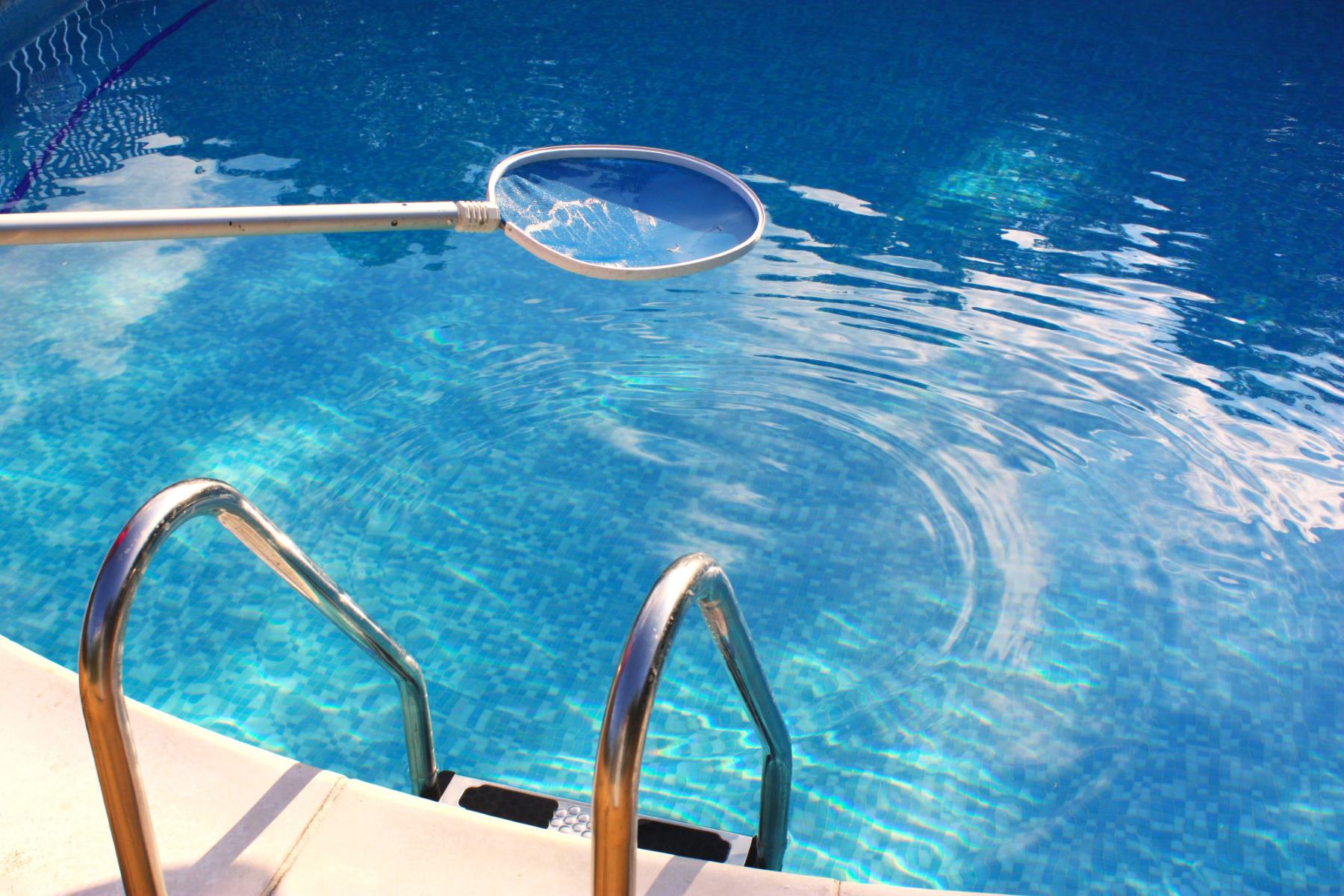
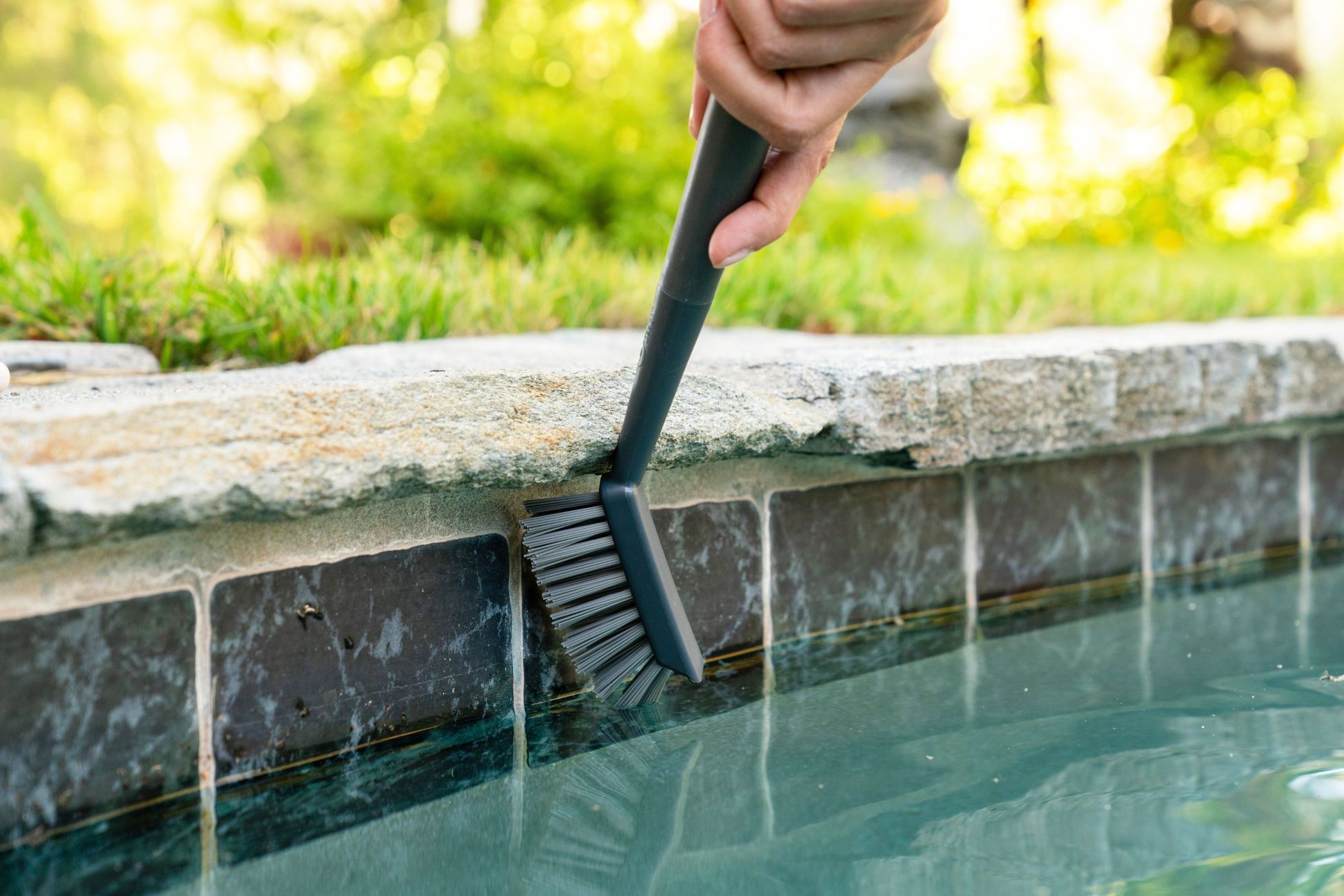

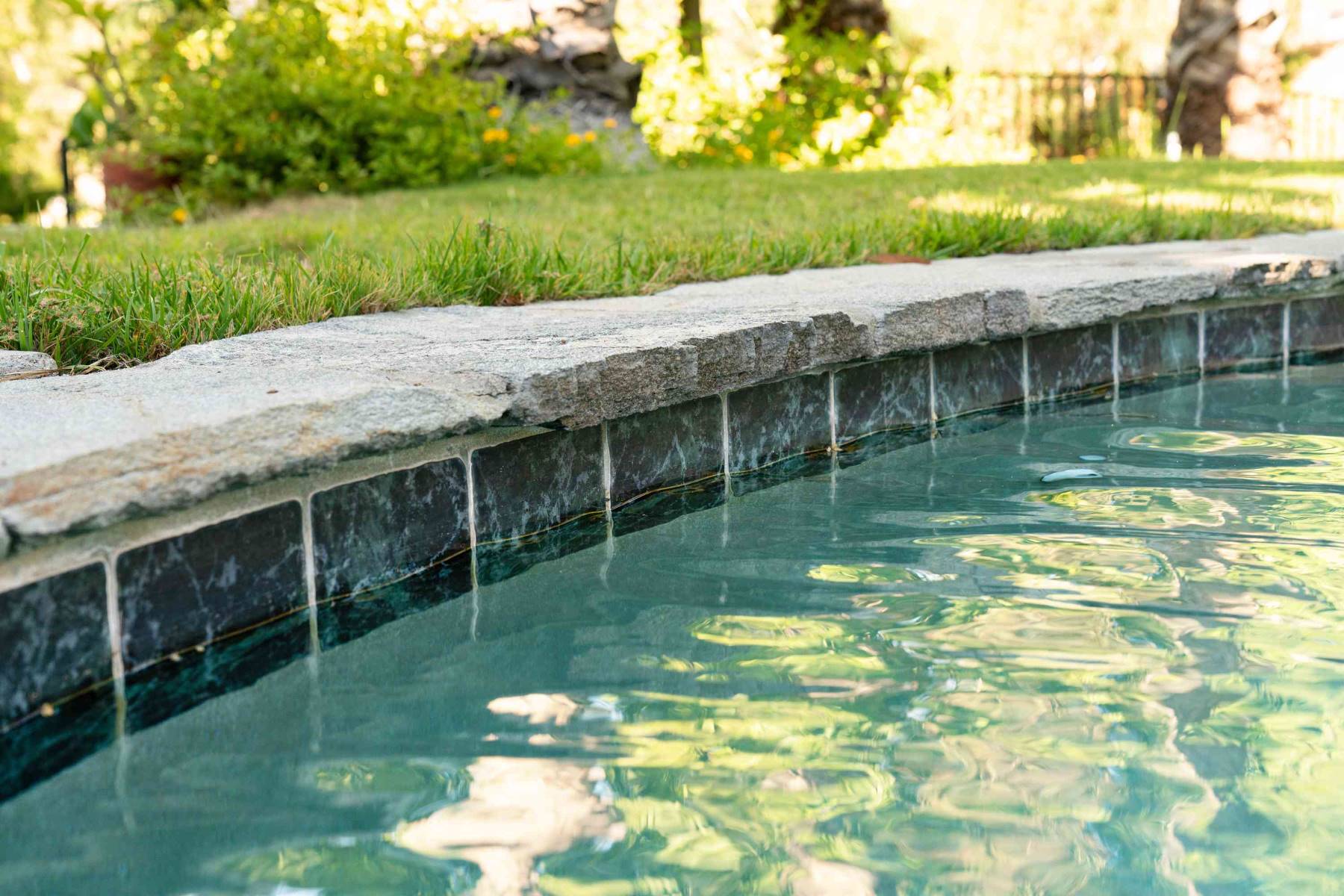
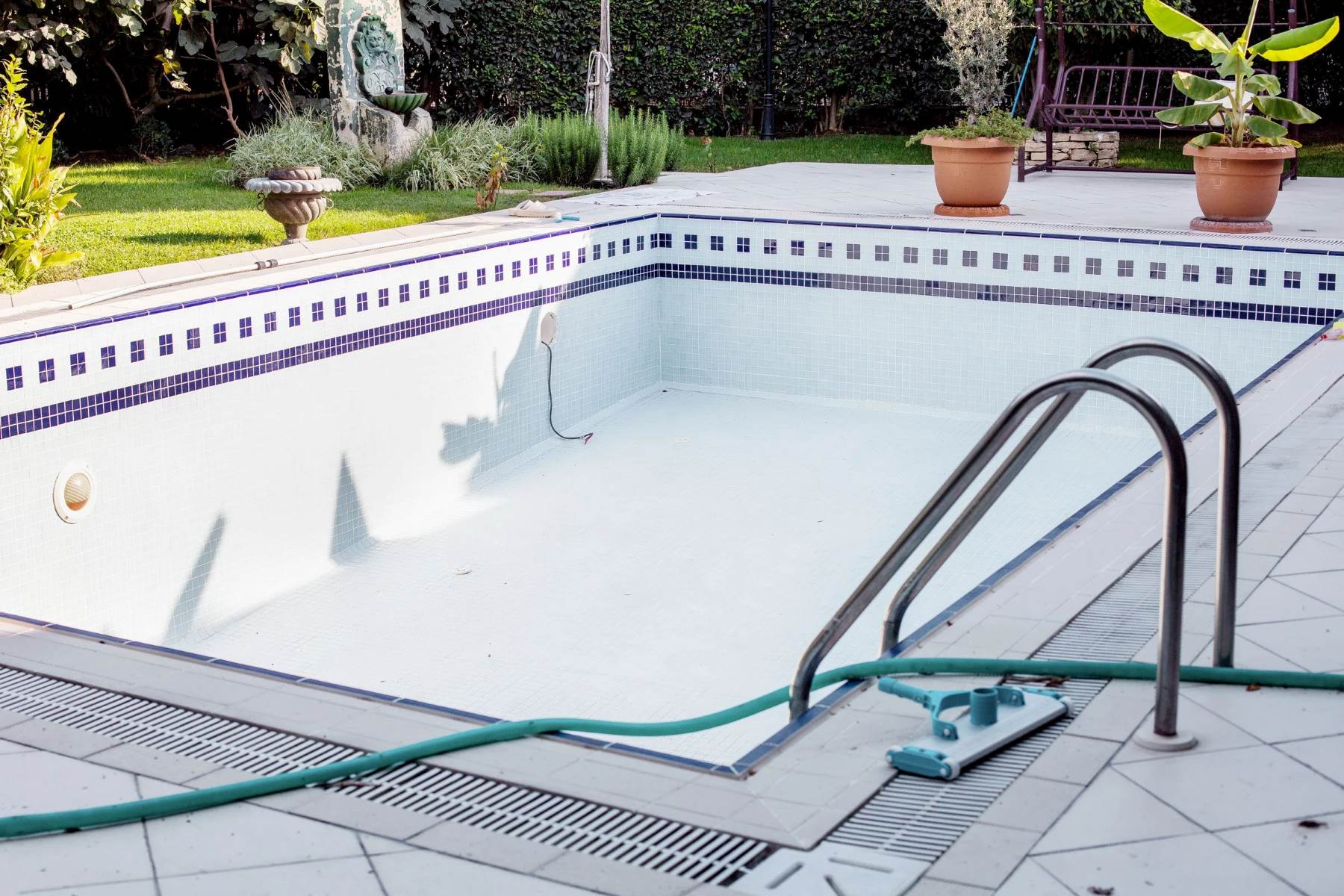
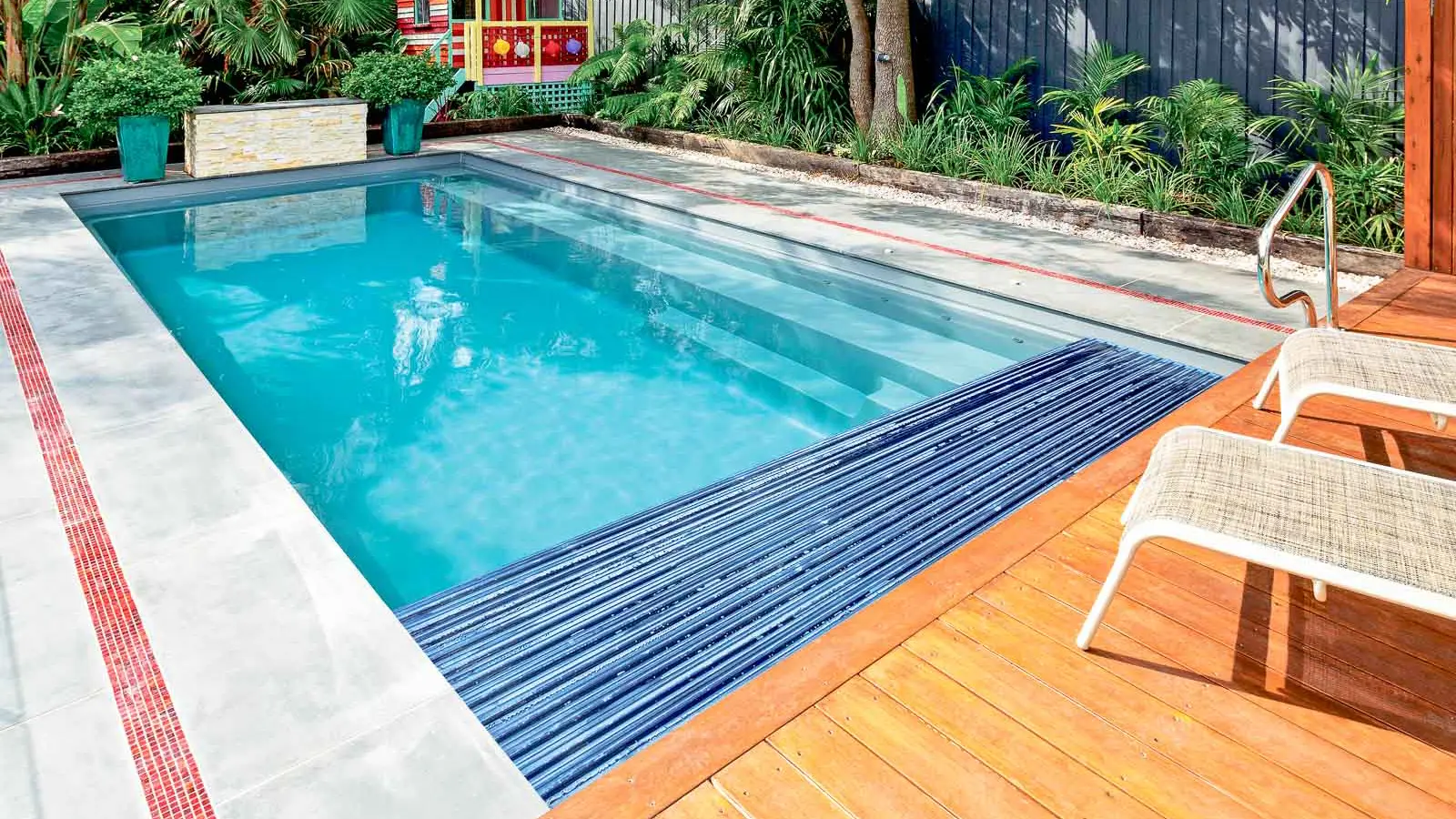

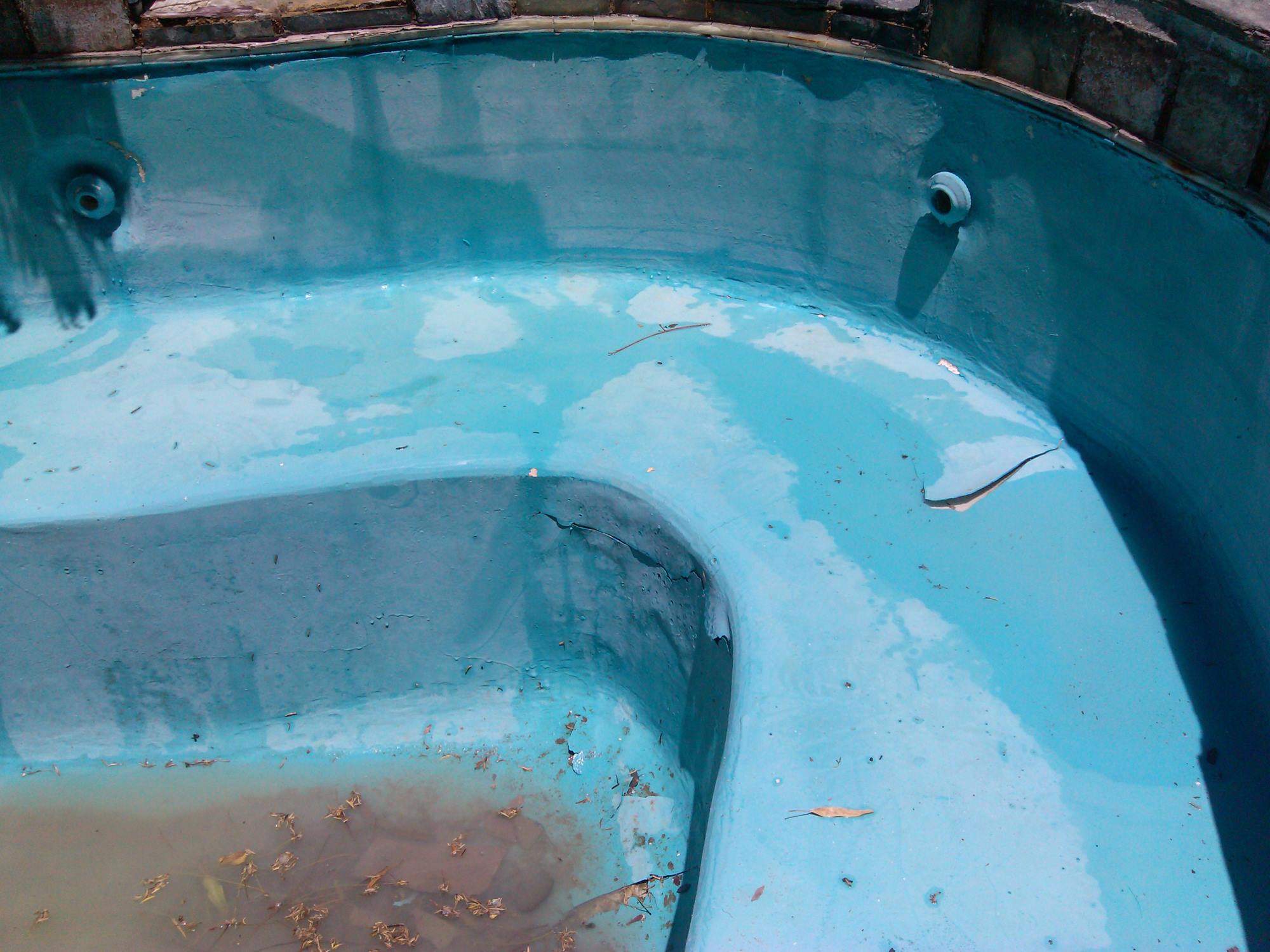

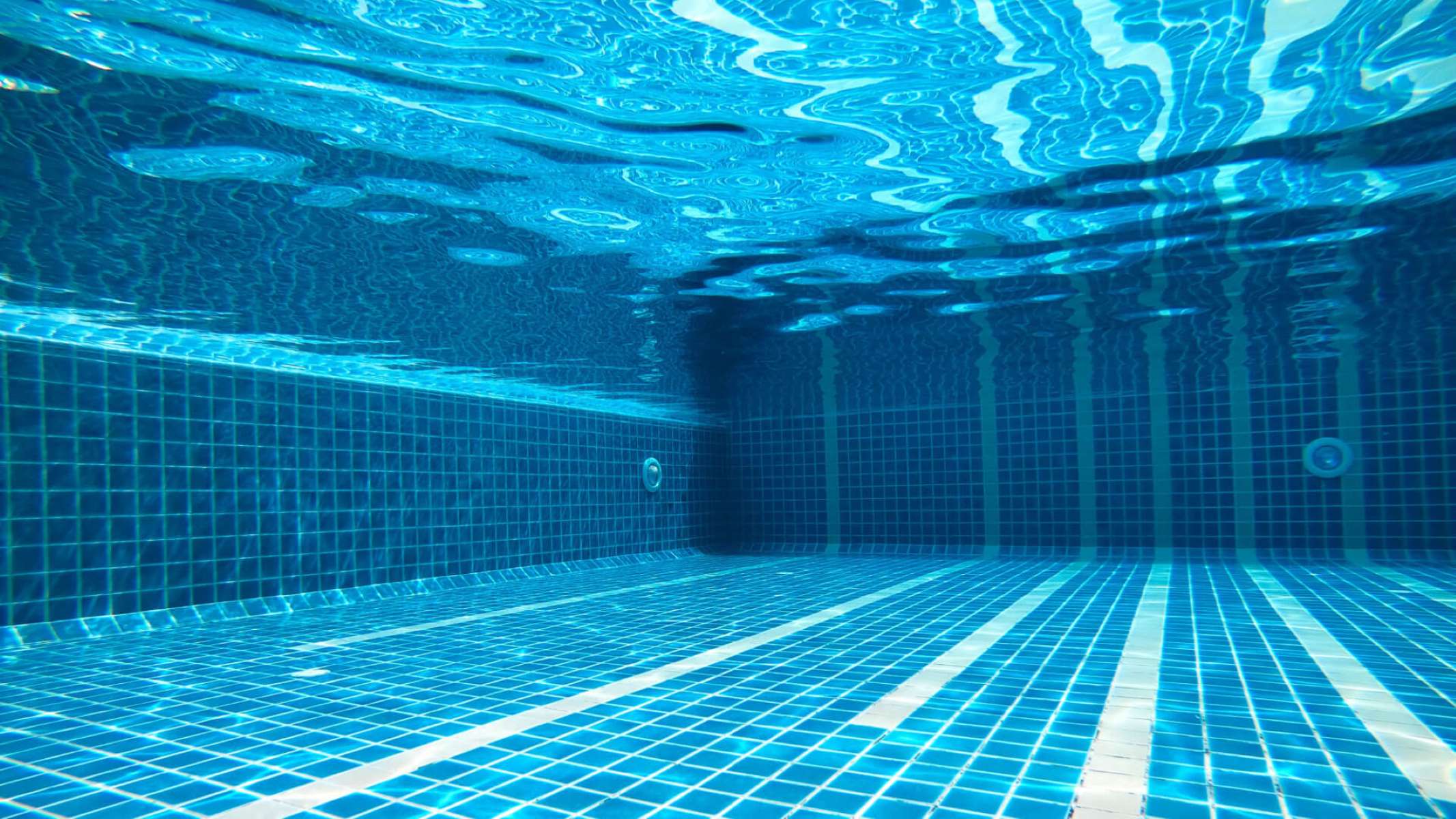
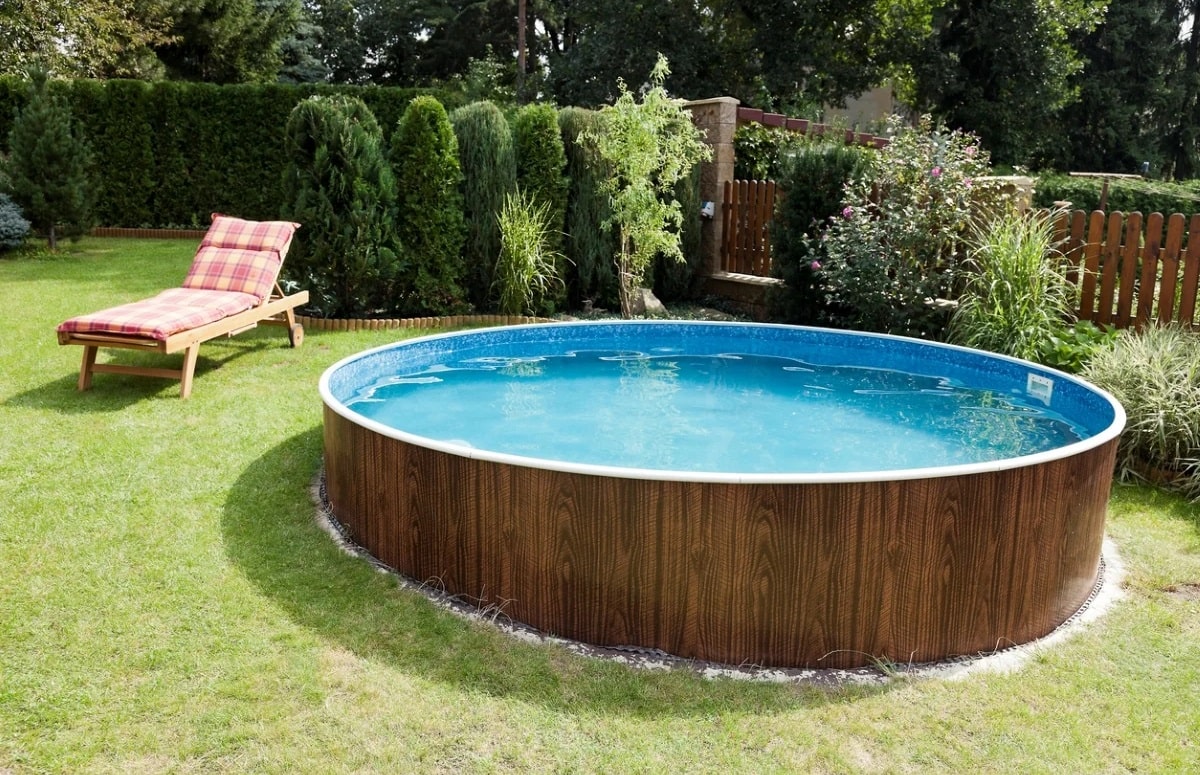
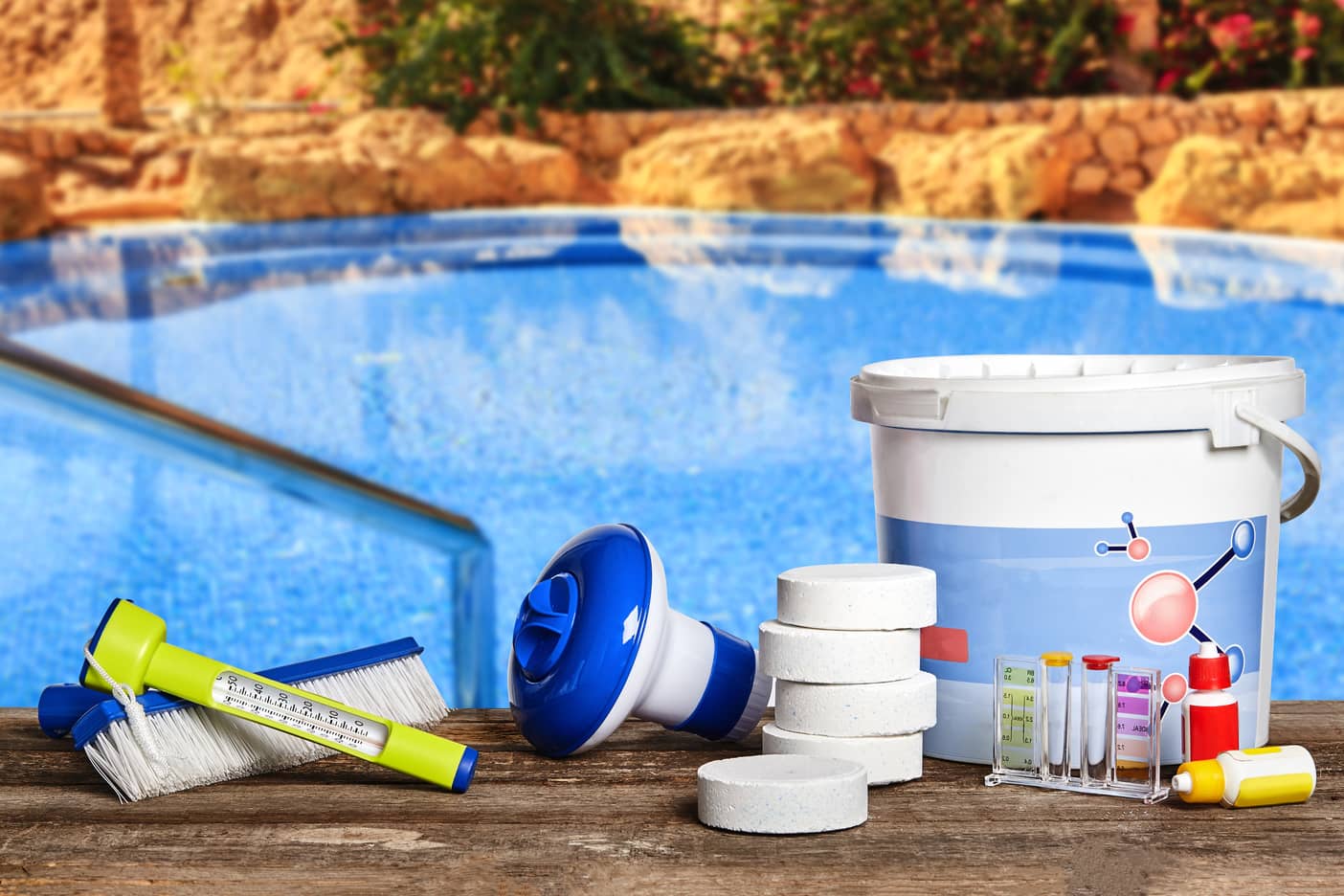


0 thoughts on “How To Clean A Swimming Pool Filter”